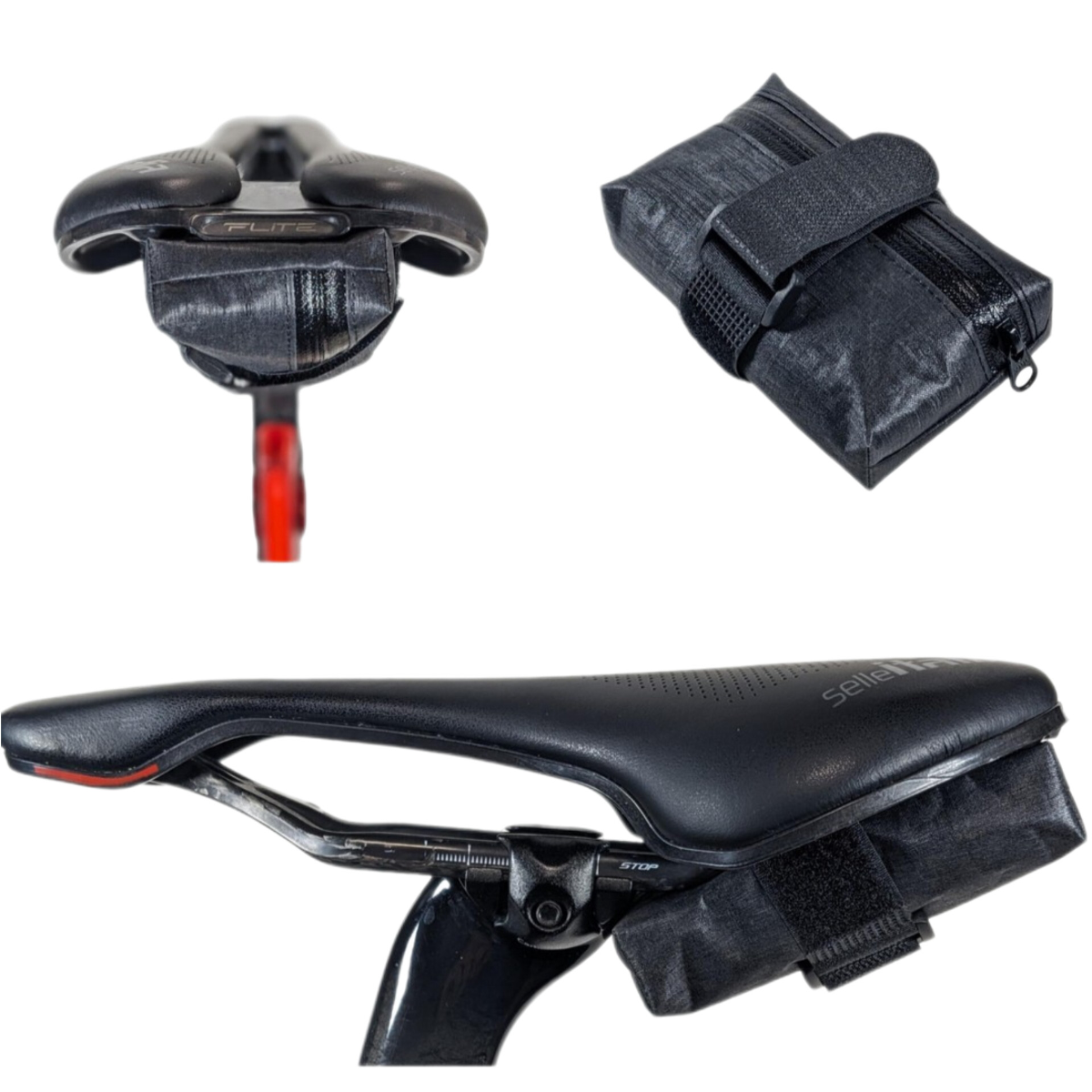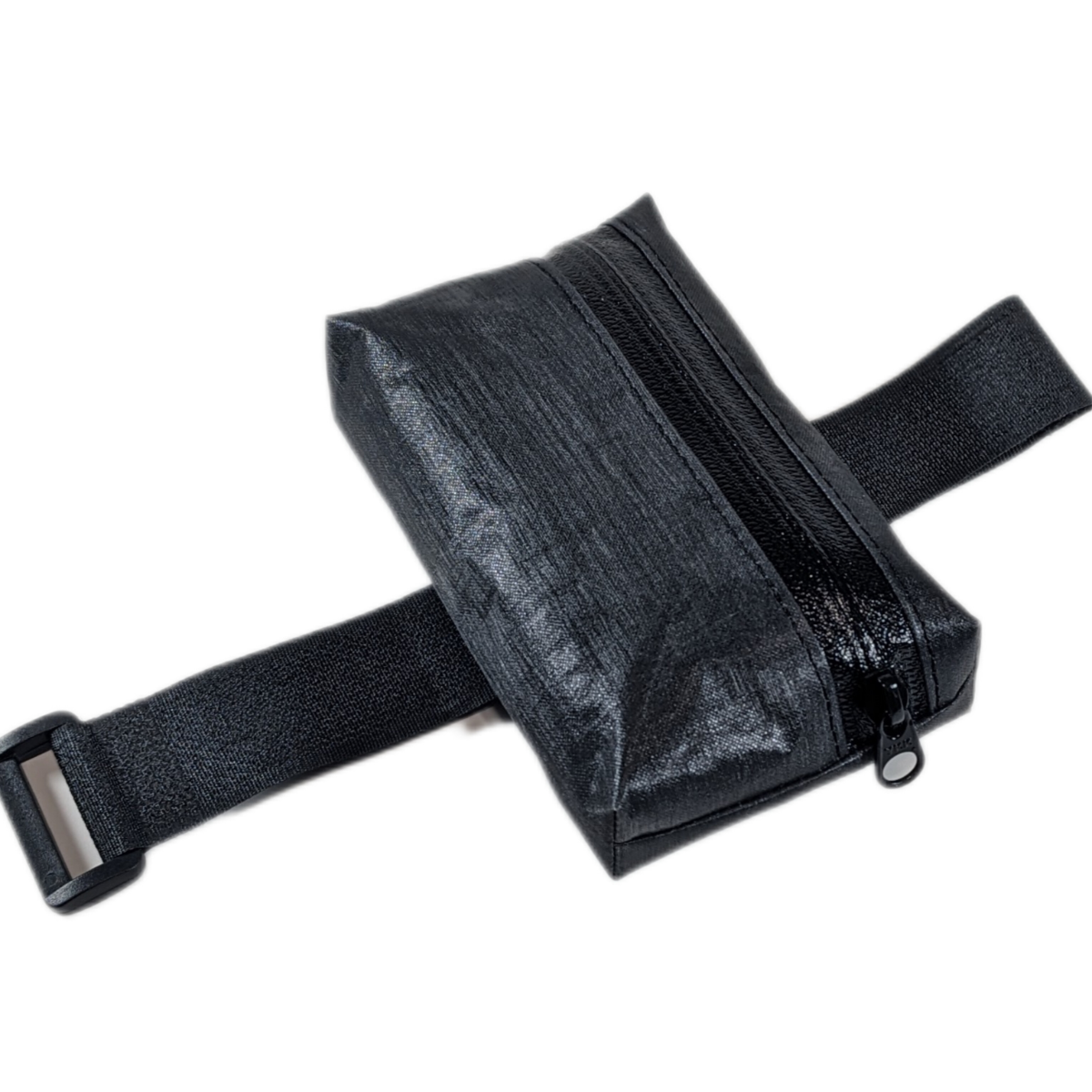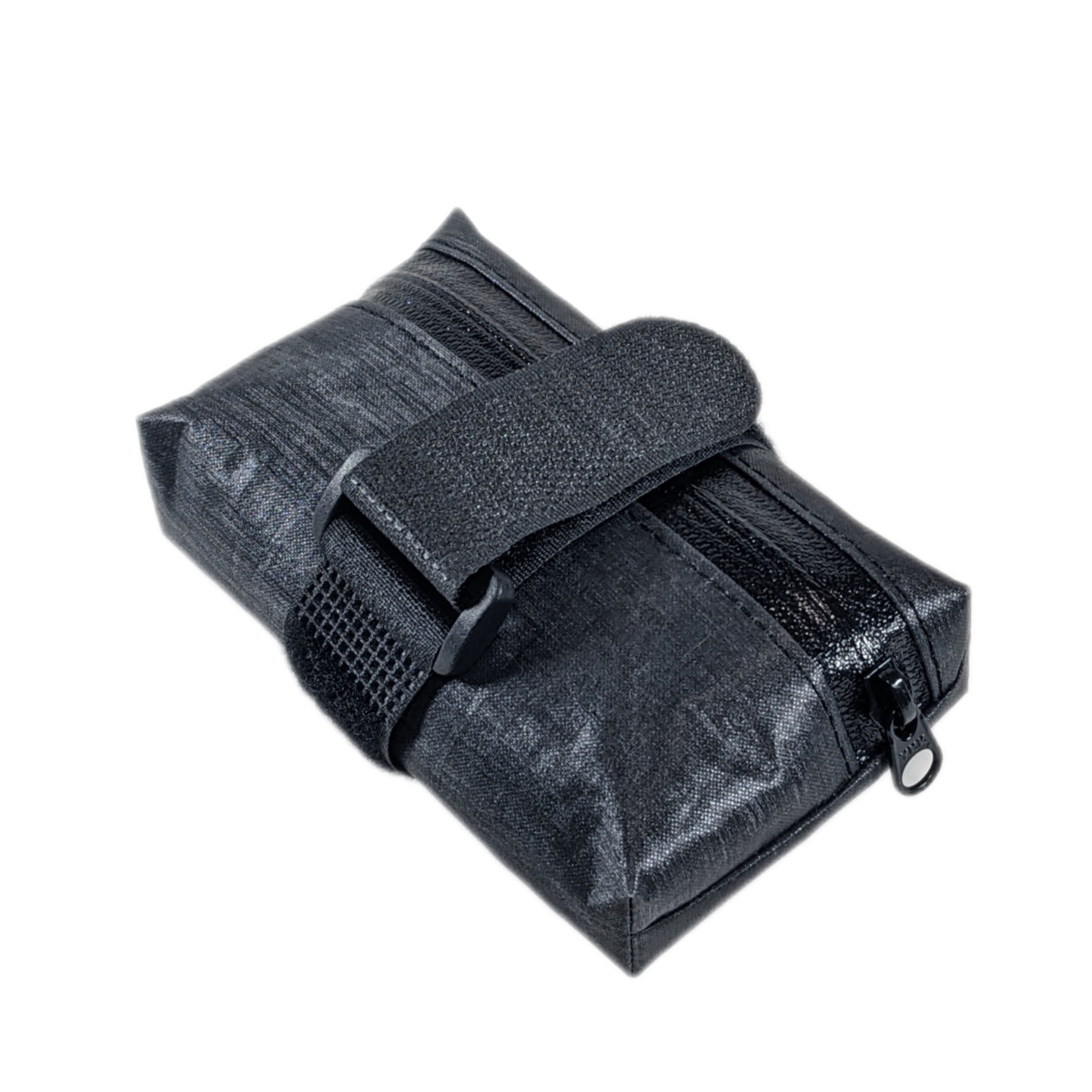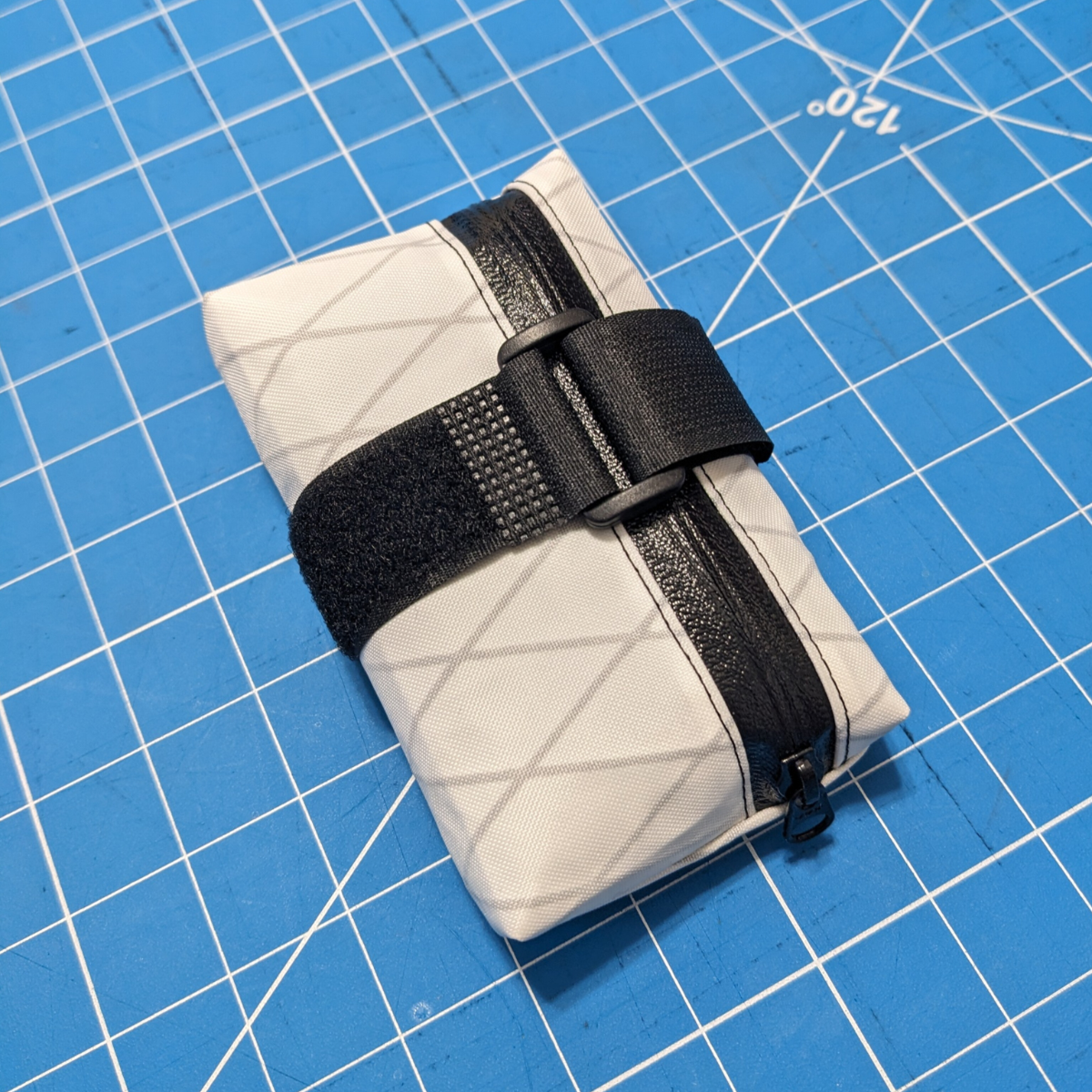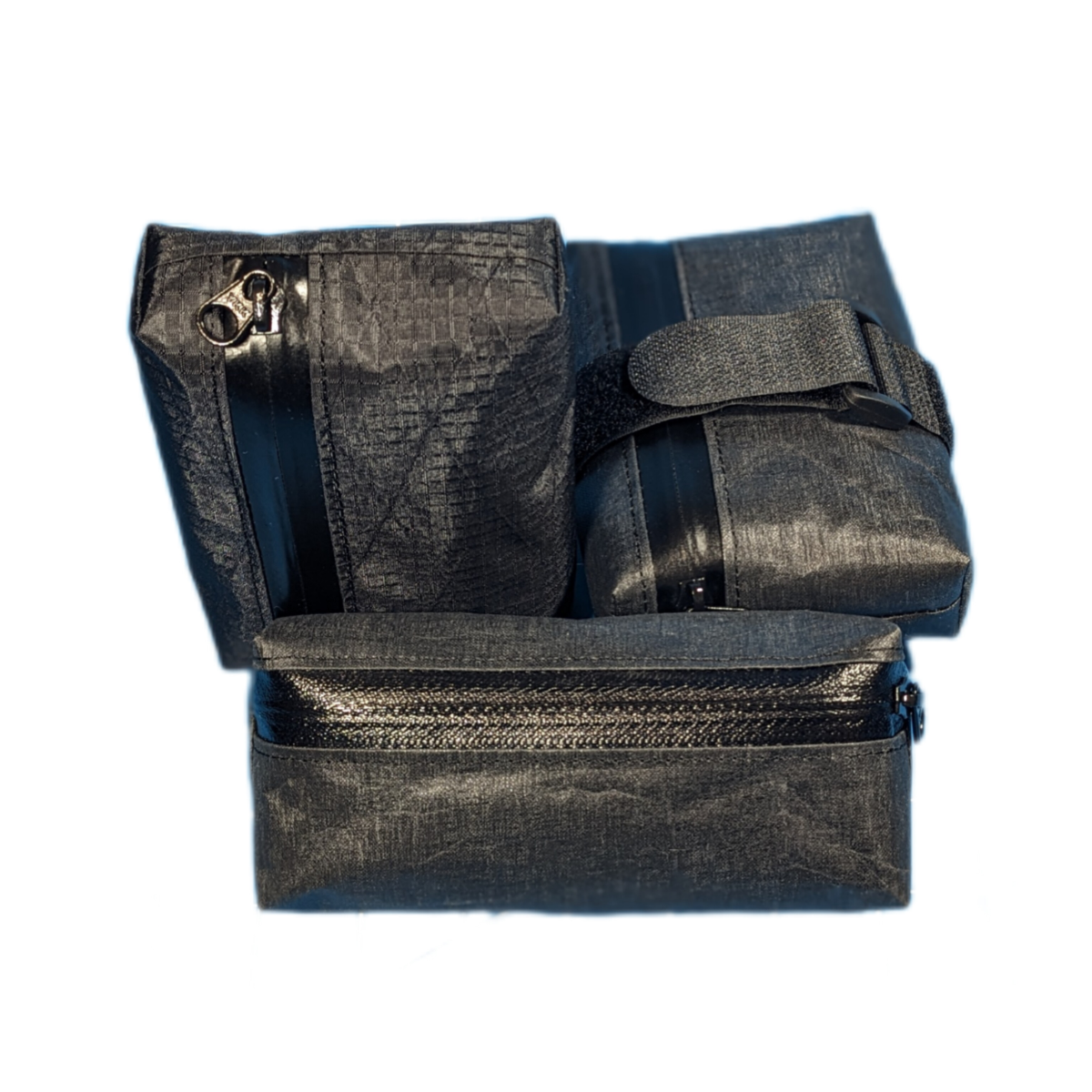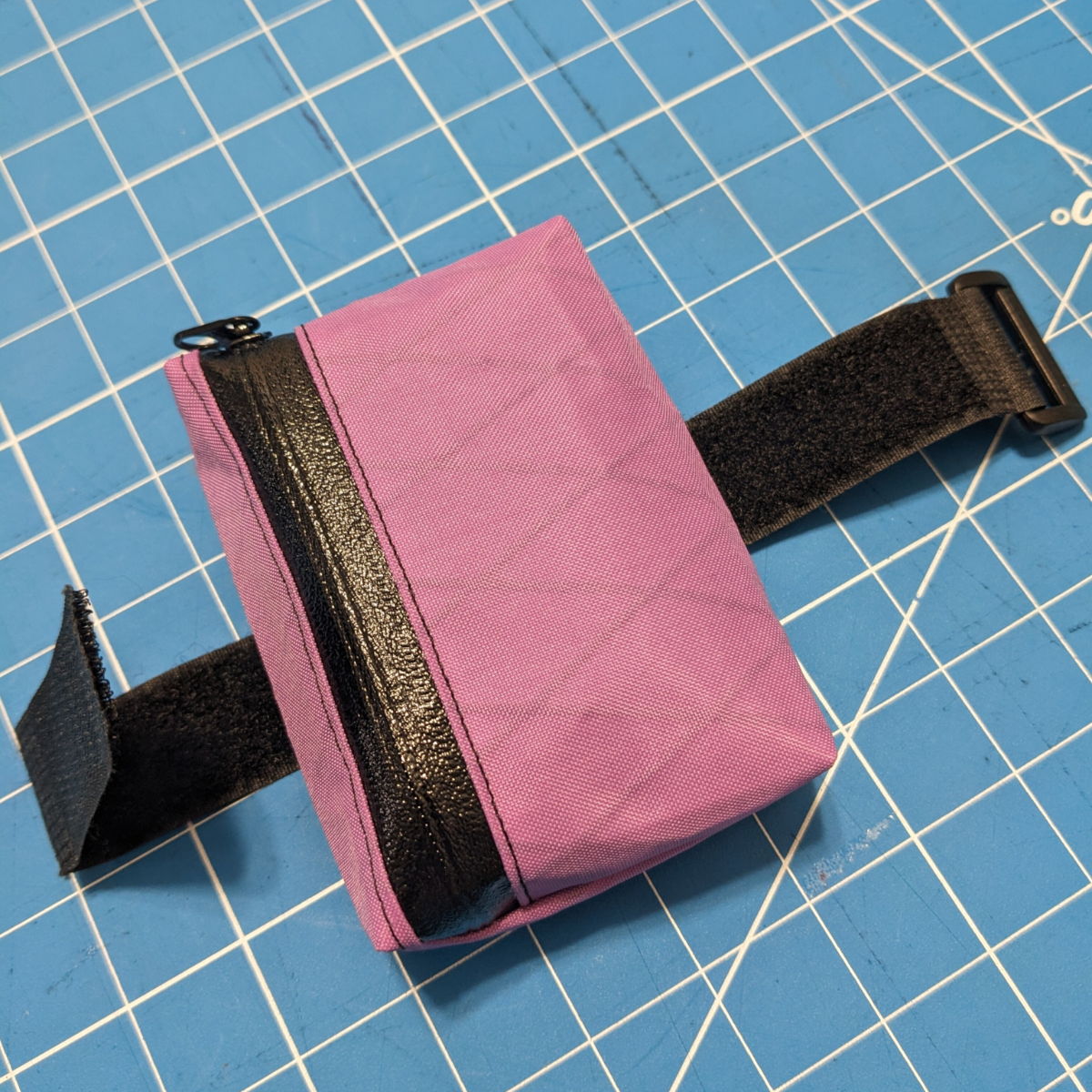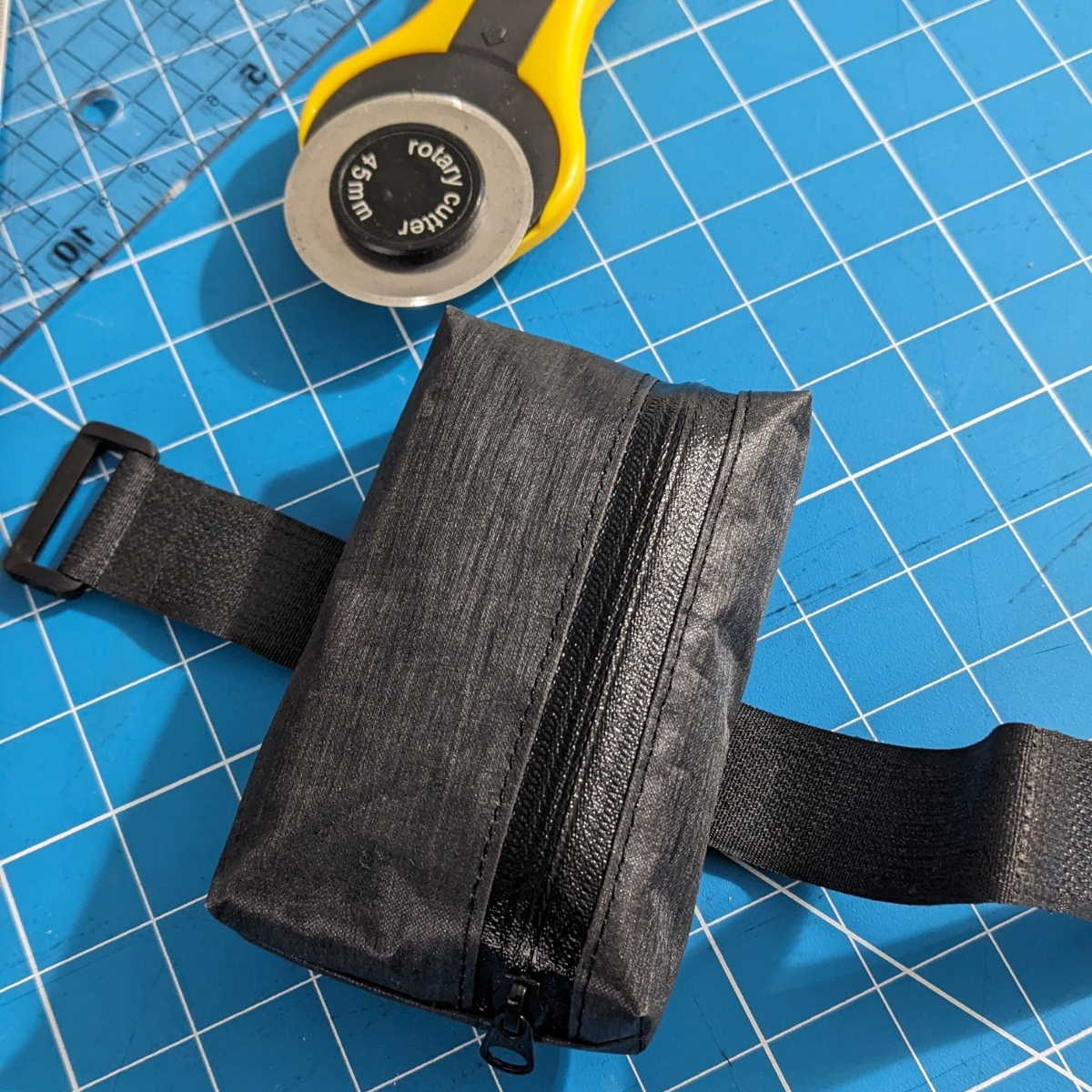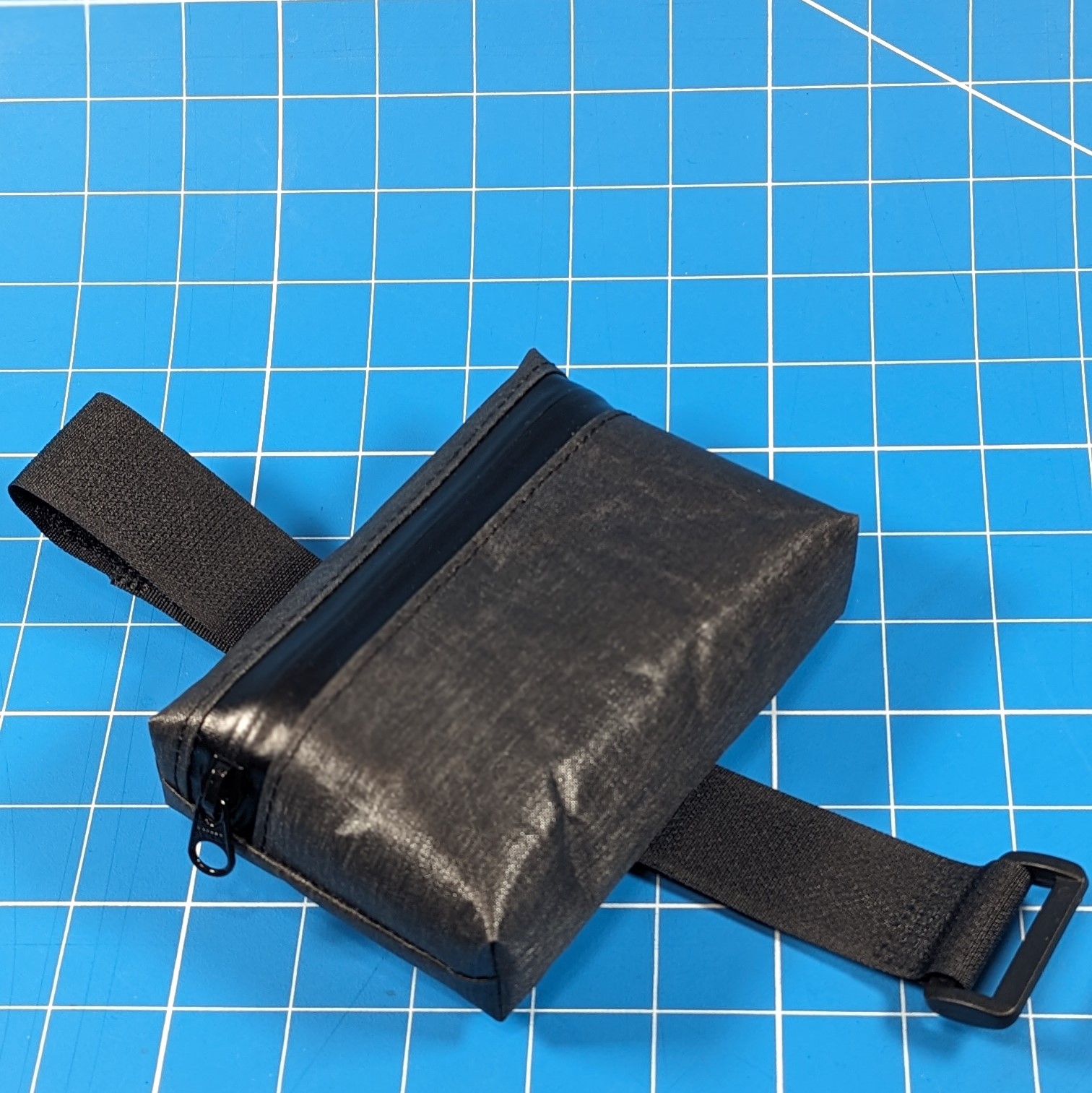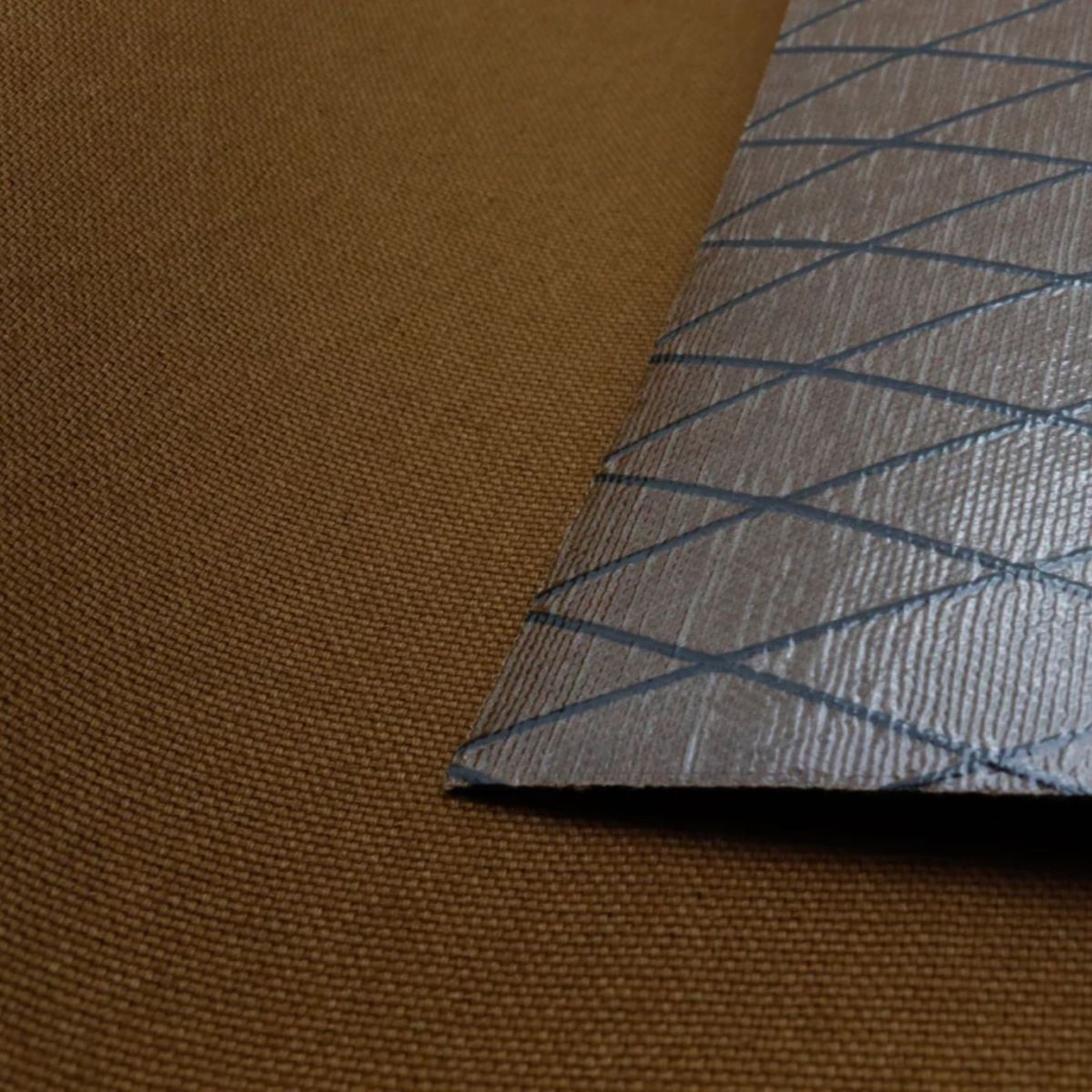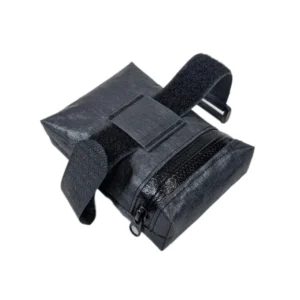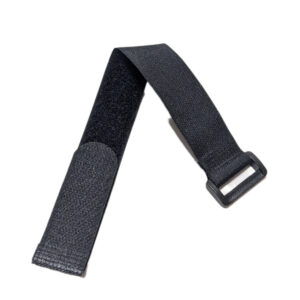A sleek and lightweight bike saddle bag crafted from premium, durable, weather-resistant materials. Featuring a waterproof YKK zipper and a secure Velcro attachment, this compact bag offers a stylish, low-profile storage solution. Perfect for cyclists carrying fewer tools on fast rides, it maintains minimal weight and a sleek look without sacrificing functionality. Available in four standard sizes or custom-made to your specifications.
Features :
- Lightweight, only 11 gramms for size S
- Waterproof X-Pac X11, X-Pac VX21, LiteSkin LS07 and EPLX400 fabrics for durability and weather resistance
- AquaGard Waterproof YKK zipper to prevent water leakage
- Velcro strap for a secure and stable fit on the bike saddle
- Integrate seamlessly with all bike saddle configurations
Fabrics :
- LiteSkin LS07 is an ultralight waterproof pack material, designed specifically for abrasion resistance at the lightest weight possible
- X-Pac VX21 is one of the most popular technical pack fabrics in the industry, used in packs, bags and more
- X-Pac VX11 High-performance, durable, and weatherproof fabric with a plastic backing for demanding cycling conditions
- EcoPak EPLX400 is a rugged, waterproof fabric with a recycled plastic backing—100% recycled and engineered for eco-conscious performance
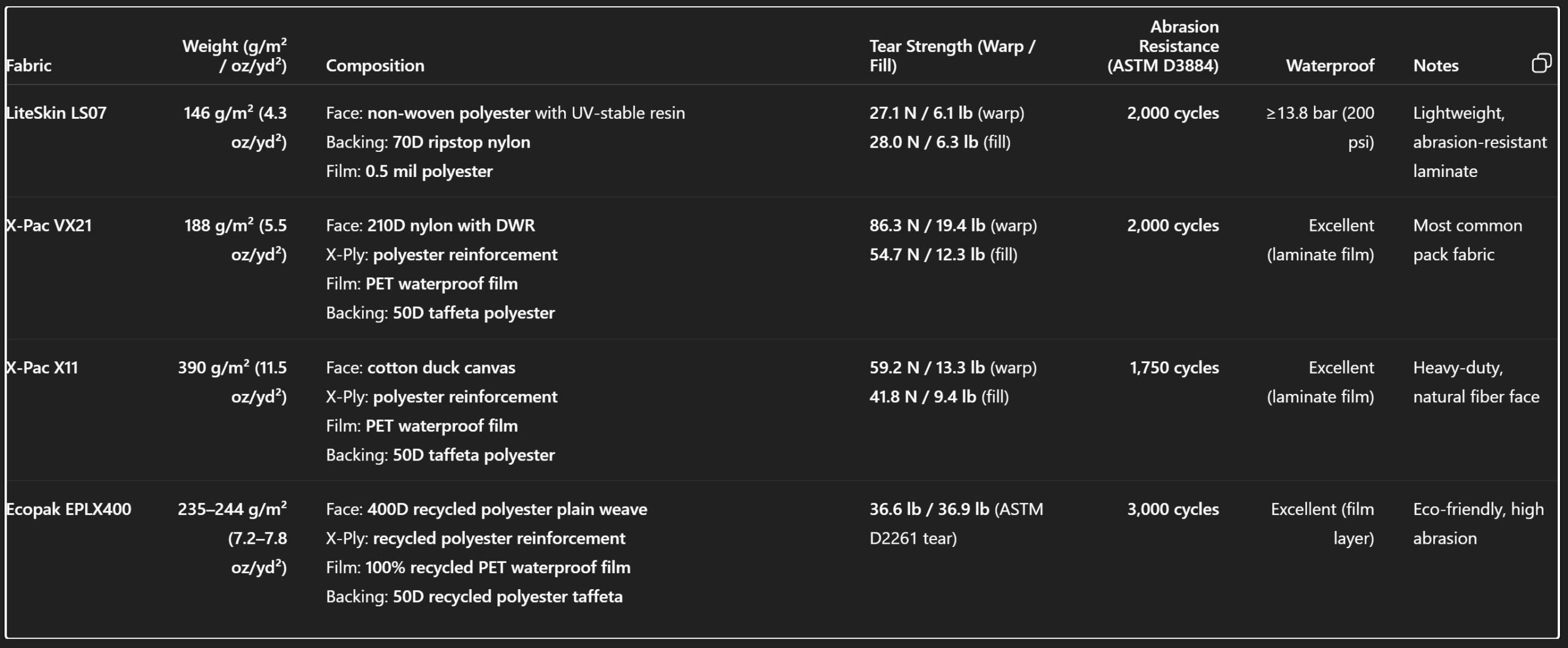
Usage Tips
- Ensure a Secure Fit
Fasten the bag tightly to the saddle rails.
A loose fit can cause rattling and wiggling, which not only creates noise but also leads to friction and premature fabric wear—especially if your saddle has sharp edges or rough surfaces. - Keep the Bag Properly Filled
For the most stable fit, avoid leaving the bag half empty.
If there’s extra space, fill it with soft items such as wipes, gloves, or other padding. This reduces rattling and keeps the bag snug and secure. - Organize the Contents
Pack your tools neatly for maximum stability.
Place softer items between harder ones (e.g., use an inner tube to separate a multitool and a CO₂ canister) to prevent rattling and protect the bag from wear.
How to Specify Your Custom Size
- Prepare your tools: Place all the tools you want to carry on a piece of stiff paper.
- Create a cylinder: Roll the paper tightly around the tools to form a cylinder.
- Measure the length: This measurement determines the bag’s length.
- Measure the circumference: This gives you the combined width and height.
- Adjust as needed: You can modify the width and height individually, as long as their sum equals the circumference.

